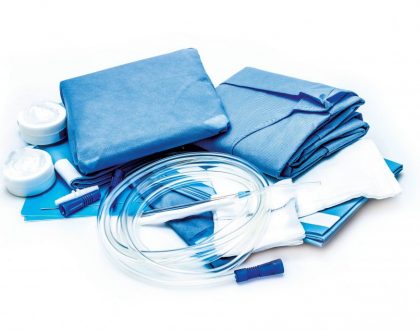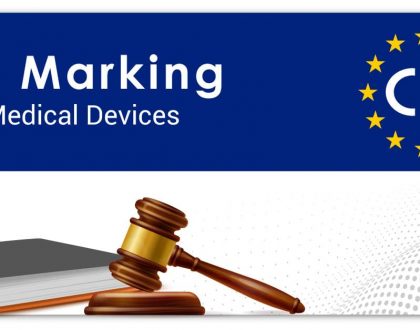TGA’s Medical Device Regulatory Changing Landscape

by admin
In 2020, the TGA are implementing a range of changes to the medical device regulations due to a number of reasons; some of which include changes to the European device regulations and new technologies now considered medical devices.
The TGA have released an Action Plan, which has a 3-strategy approach to implementing the changes.
The Action Plan
Strategy 1 – Improving how new devices get on the market
The TGA is strengthening its assessment processes and oversight of how devices are approved for use on the Australian market.
Better assessment of new and emerging technology such as;
- Software as a medical device – new rules were introduced to appropriately classify SaMD, which are based on risk and harm to patient, this has largely aligned with EU MDR 2017.
- 3D printed devices (personalised devices) – the definition will align with the International Medical Device Regulators Forum (IMDRF).
The changes to the TGA regulations will also result in the reclassification of some types of medical devices, this is to align with International regulations, some examples are as follows;
- Active medical devices for diagnosis and patient therapy
- Devices that administer medicines by inhalation
- Substances introduced into the body via body orifice or applied to the skin
- Human cell, tissue and organ storage solutions, IVF media
New classification rules will apply to all new applications for ARTG inclusion from 25 August 2020 and transitional arrangements apply to devices that are:
- already included in the ARTG as at 25 August 2020; or
- are the subject of an application for inclusion in the ARTG submitted to the TGA prior to 25 August 2020 and the application fee has been paid.
Strategy 2 – Strengthen monitoring and follow up of devices already in use
The TGA want to publicise that reporting of adverse events can ultimately improve the safety of products. Better tracking and traceability of medical devices throughout the healthcare supply chain and to patients is a high priority to the TGA.
Improvements to post marketing monitoring to make a more robust process will include;
- Simpler forms for consumers, health care professionals and sponsors.
- Electronic systems for reporting
- UDI – The TGA will introduce an UDI (unique device identifier) database, similar to that used by the FDA and the European region.
Strategy 3 – Provide more information to patients about how they use devices
The TGA will also strengthen consumer awareness of the responsibilities of the TGA, suppliers of medical devices and health care professionals through a range of new consumer communication and education programs. This will be done by;
- Introduction of requirement for manufacturers to provide consumer information leaflets and implant cards.
- Strengthening consumer awareness of how safety and performance of medical devices are assessed.
These are the biggest changes to the Australian medical device regulations in 20 years; the TGA deemed it necessary to provide greater flexibility in getting the product to the market, adapt to new technologies and to align with the European device regulations. KD&A can help you understand and assist you with the compliance of the requirements for your medical device whether it’s new or pre-existing on the Australian market.
Recommended Posts

January 2024 Updated Guidance – System or Procedure Packs
February 28, 2024

Guidance on the vigilance system for CE-marked devices and the Device Specific Vigilance Guidance (DSVG) Template
February 19, 2024

TGA Fees and Charges Proposal 2024-25
February 1, 2024
